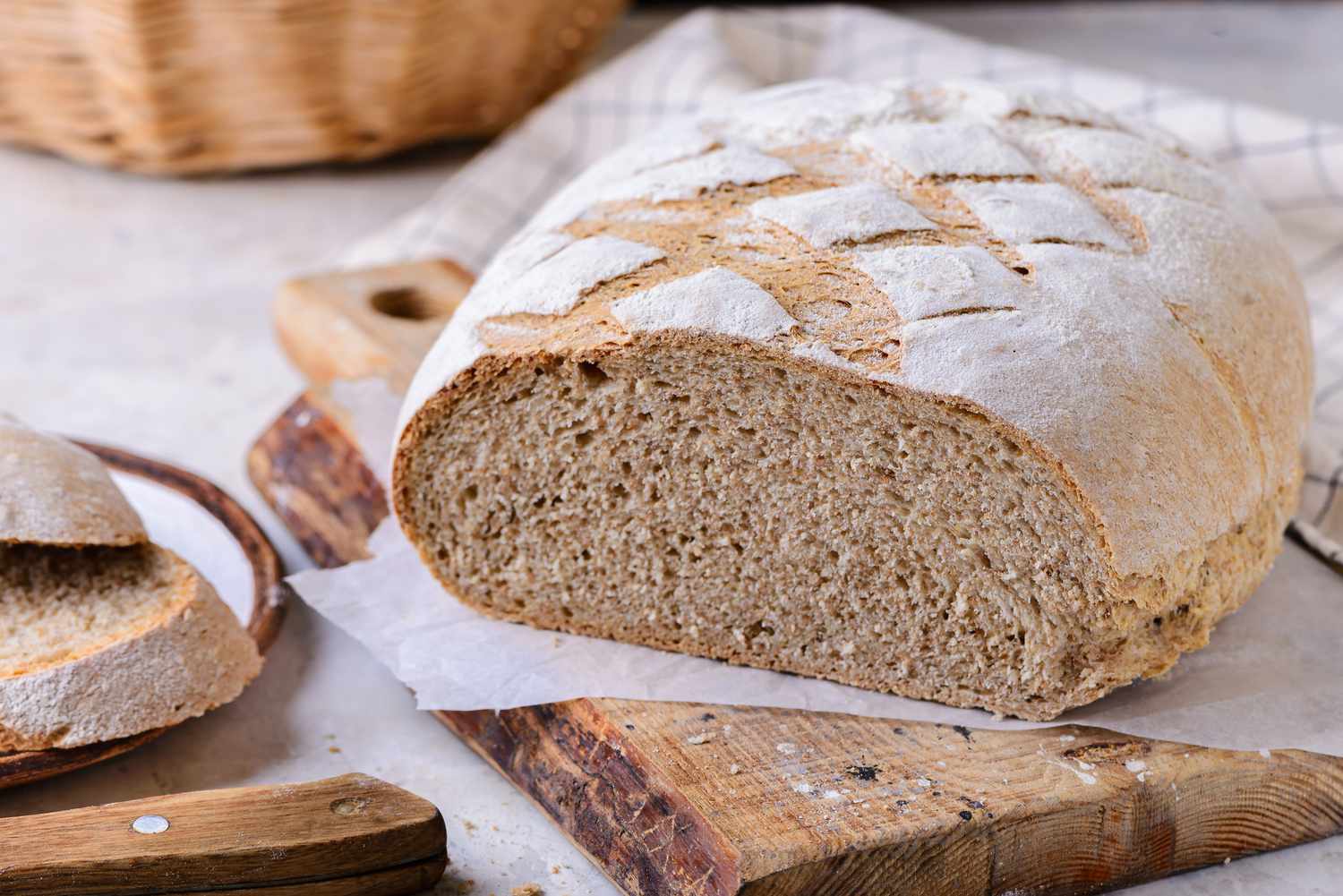Baking Sos: How To Fix 10 Common Biscuit Problems By Jo Wheatley
Baking biscuits can be a delightful and rewarding experience. The aroma that fills the kitchen, the warm, golden-brown treats straight out of the oven – it’s pure bliss! However, sometimes even the most experienced bakers encounter problems along the way. Don’t fret, though! With some insight and expert advice from Jo Wheatley, we’ve got you covered. Here are 10 common biscuit problems and how to fix them.
1. Flat and Spread-Out Biscuits
Are your biscuits coming out flatter than you’d like? This can happen if the dough is too warm or if there’s too much butter. To fix this, try chilling your dough in the refrigerator for about 30 minutes before baking. Additionally, make sure you measure your ingredients accurately.
2. Dense and Heavy Biscuits
If your biscuits turn out dense and heavy, it could be due to over-mixing the dough. Biscuit dough needs just enough mixing to bring it together. Overworking the dough develops the gluten, resulting in tough biscuits. Mix until the dough just comes together, and you’ll have light and fluffy treats.
3. Crumbly Biscuits
Do your biscuits crumble apart when you try to pick them up? The culprit here might be too little liquid in the dough. Try adding a touch more milk or buttermilk to help bind the ingredients together. Don’t overdo it, though, as this can make the dough too sticky.
4. Burnt Bottoms
If the bottoms of your biscuits tend to burn before they’re fully cooked, consider using an insulated baking sheet or placing an extra baking sheet underneath to help distribute heat evenly. Additionally, reducing the oven temperature slightly can help prevent this problem.
5. Unevenly Cooked Biscuits
Unevenly cooked biscuits can be frustrating. Ensure your oven is properly preheated before baking to achieve an even temperature throughout. Placing the biscuits on the middle rack of the oven helps them bake evenly as well. If necessary, rotate the baking sheet halfway through baking.
6. Biscuits That Spread Too Much
If your biscuits spread too much while baking, it could be due to using too much fat or not chilling the dough long enough. Reduce the amount of fat in the recipe or chill the dough for a longer duration to help the biscuits keep their shape.
7. Dry and Flavorless Biscuits
No one enjoys a dry and flavorless biscuit. To add moisture and enhance the taste, try incorporating some flavorful additions into the dough, such as grated cheese, herbs, or a touch of vanilla extract. Remember, small additions can make a big difference!
8. Biscuits That Don’t Rise
Are your biscuits not rising as expected? One of the most common reasons is using expired baking powder or soda. Always check the expiration date of your leavening agents. Additionally, make sure your oven is at the correct temperature to ensure proper rising.
9. Raw Centers
Finding a raw center when you bite into a biscuit is disappointing. To avoid this, make sure your biscuits are evenly sized and properly spaced on the baking sheet. This will allow them to bake uniformly. Using an oven thermometer can also help you ensure your oven is running at the correct temperature.
10. Biscuits That Don’t Hold Their Shape
If your biscuits are losing their shape and spreading too much during baking, it could be because the dough is too warm, or you’ve rolled it out too thin. Be sure to chill the dough adequately and roll it to the specified thickness to maintain shape and height.
Now that you have this handy guide to fix common biscuit problems, you can tackle any baking SOS situation that comes your way. Remember, practice makes perfect, so don’t be discouraged if your first batch isn’t flawless. With time and a little troubleshooting, you’ll be baking picture-perfect biscuits in no time! Happy baking!
Was this page helpful?
Read Next: What Makes The Perfect Pizza?











